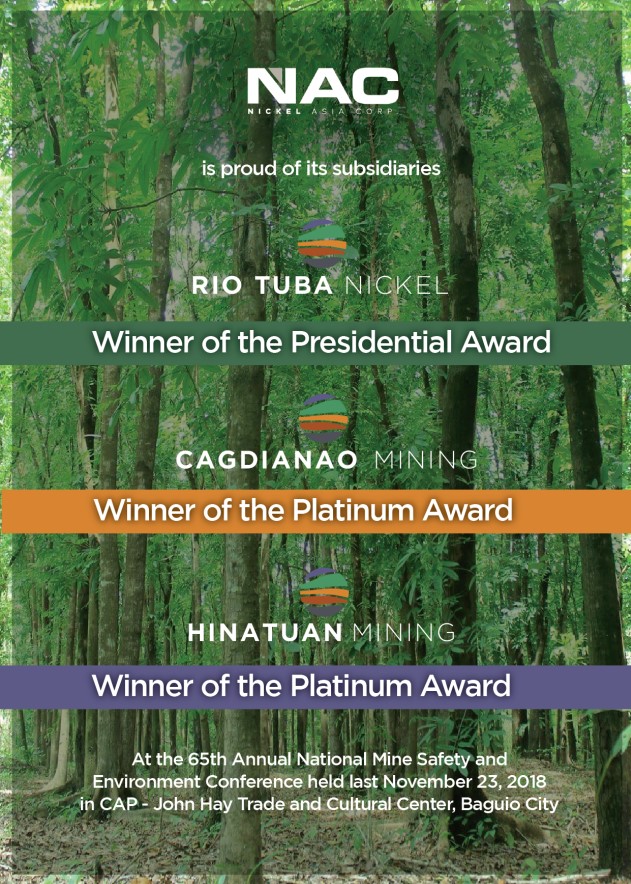Try veggie gardening with fish condo
FOR URBANITES’ RURAL LIVING

WHO says urban life can’t afford a garden plot and a fish pond?
A vegetable garden with fish condo at the rooftop of one’s abode is the newest attraction developed at the Bureau of Fisheries and Aquatic Resources –National Integrated Fisheries Technology Development Center (BFAR-NIFTDC) in Barangay Bonuan Binloc here for its aquaponics, Philippine style project.
It’s called BUHAY-ISDA or sa BUbong ng BaHAY –may ISDA for its El Niño/Las Niña concept.
It is a combination of new and traditional methods of producing fish and vegetables in rooftops and vacant lots in urban areas. The concept encourages multiple-use of water and discarded containers in food production.
BUHAY-ISDA can provide a sufficient and sustainable supply of fish and vegetables for Filipino households.
The concept was introduced by Dr. Westly Rosario, chief of BFAR-NIFTDC here for an urban aquaculture project vertical fish farming (or fish condo), that cultures African catfish Clarias gariepinus, a very popular table fish that can be grown at very high stocking density since they utilize atmospheric oxygen.
A demonstration area can be viewed at BFAR-NIFTDC’s main building.
Rosario said African catfish are easy to raise as they eat anything like kitchen refuse, old bread, fish or animal entrails and fish feeds. They may be harvested after four to five months of culture.
The condo model requires a minimum floor area of 2.30X 1.80 meters and height of 3 meters. The culture chambers are fastened vertically and have a total production water volume of about 2,800 liters.
Like in other condominiums, the “residents” also enjoy greenery put up around their units where a garden with almost everything mentioned in the popular Filipino song “Bahay Kubo” (Nipa Hut) ranging from eggplants, ampalaya, okra, sili, tomatoes, squash, kangkong, gabi, lemon grass, upo and a lot more, are planted.
Rosario said he conceptualized the idea to enable urban hobbyists or aquaculturists to culture fish in their gardens or backyards with small capital investment. He said the economic return from the system can be further appreciated when fish culture is integrated with vegetable garden, landscape or orchard.
Used or old water can be used to irrigate or water the plants using the same pump. Old water contains fish excreta and other organic matter that are beneficial to the plants, Rosario said.
He said fish culture can be a hobby or livelihood activity. While many wanted to venture in fish culture, limited space is a major discouragement, he added. (Tita Roces)








